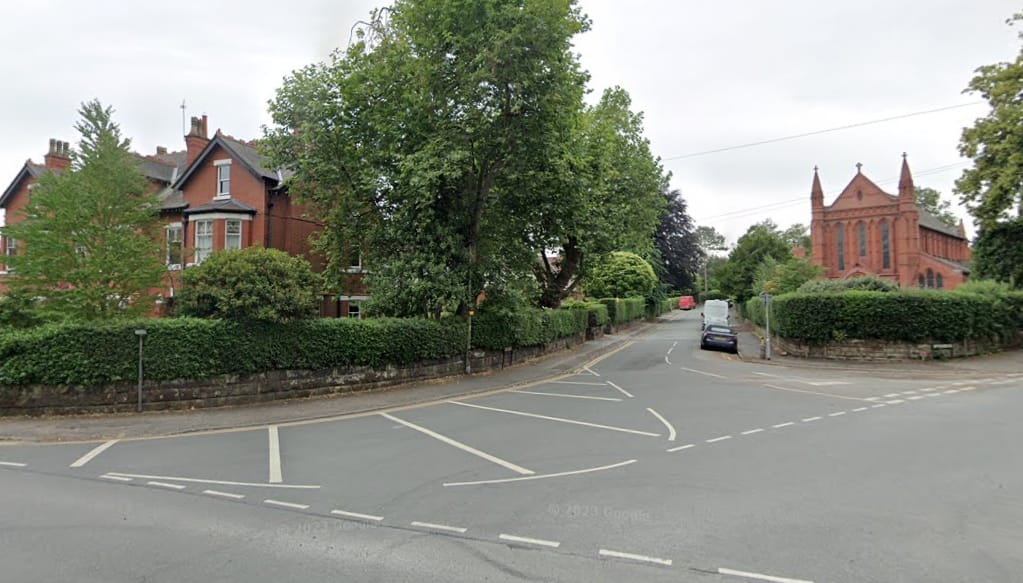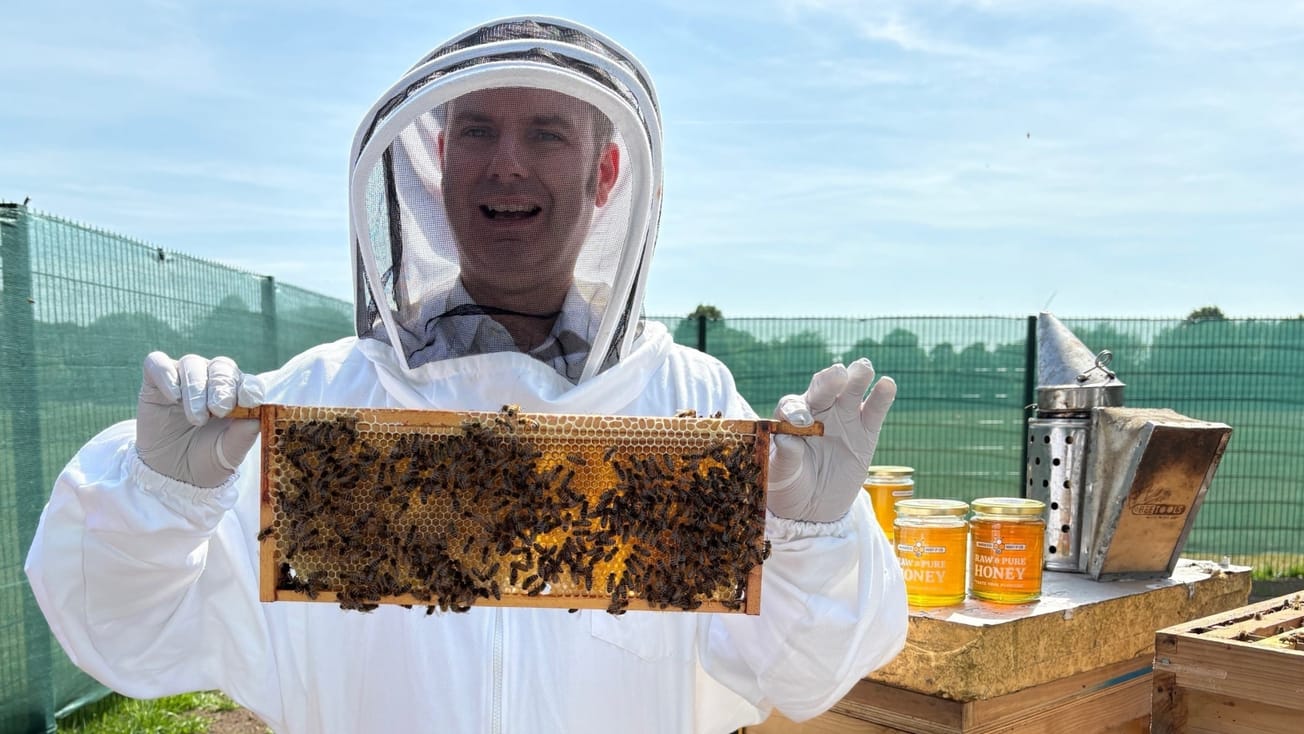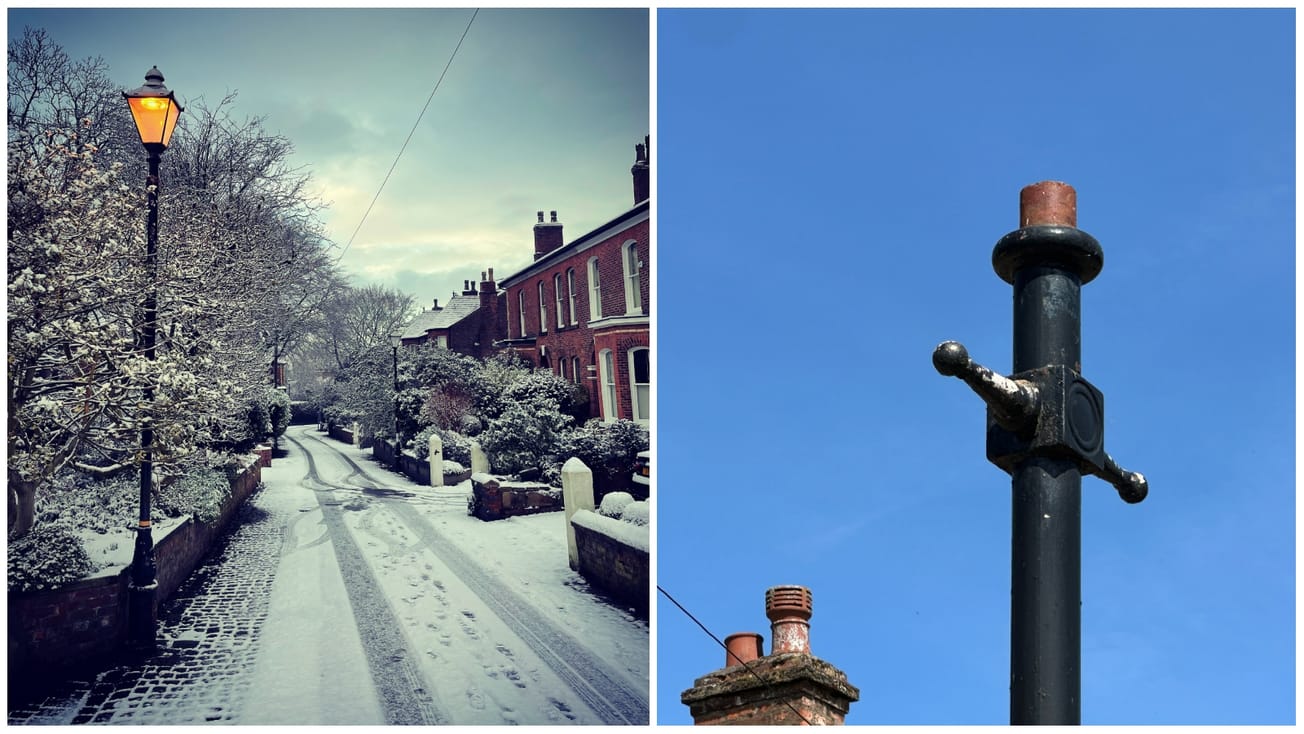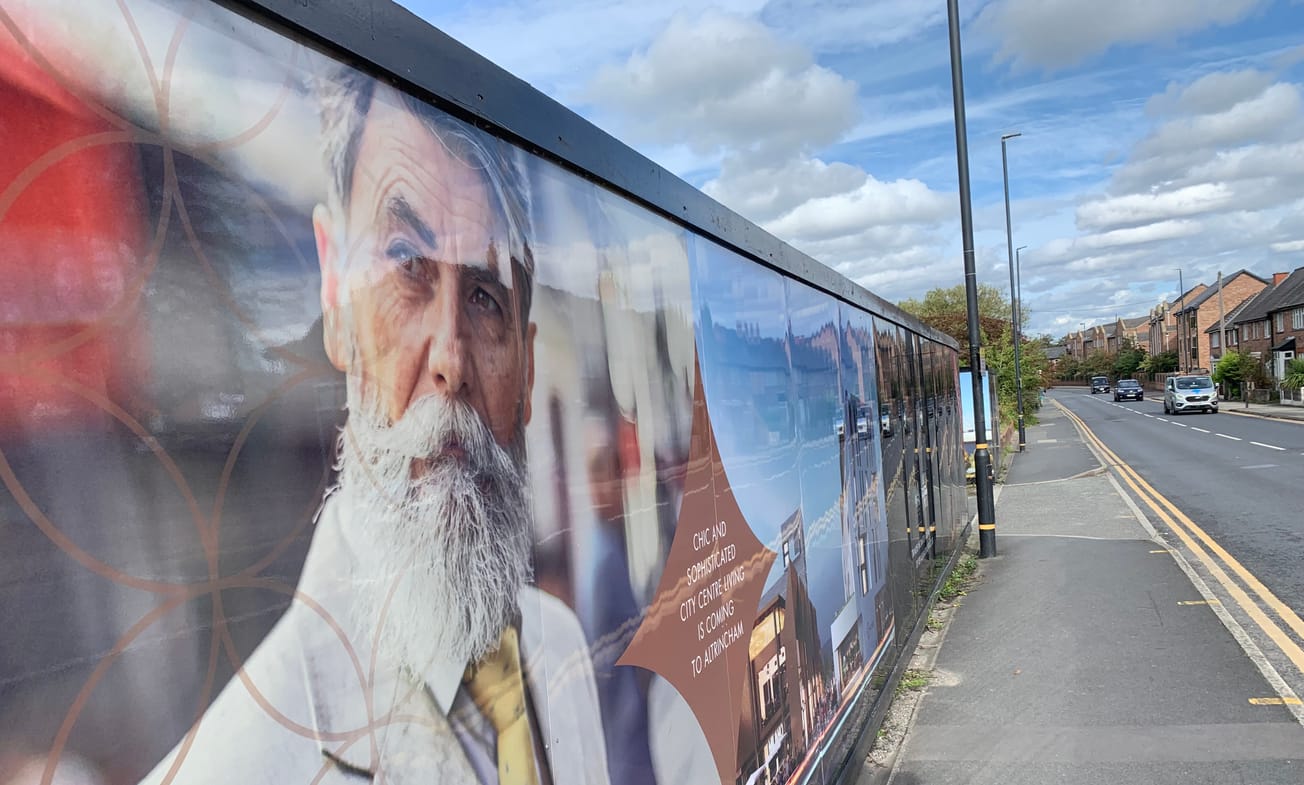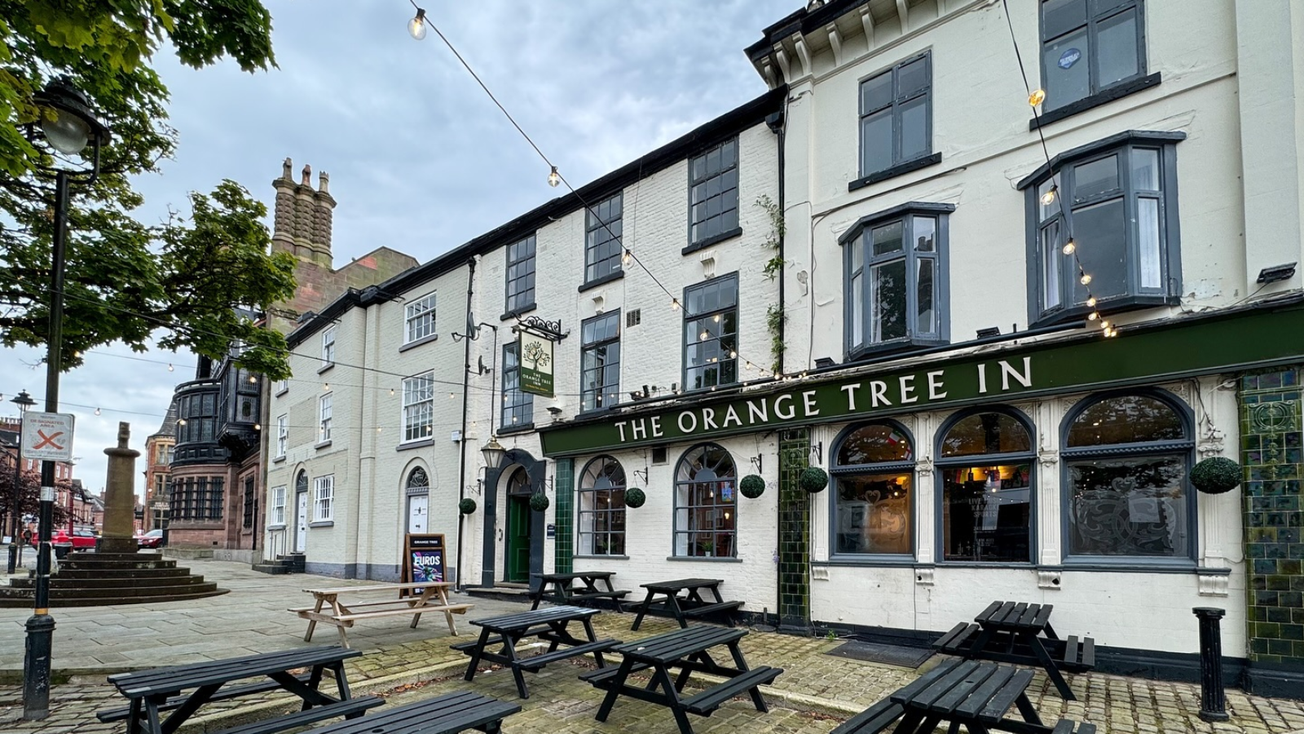It’s one of Altrincham’s best-known and most beloved parks, a peaceful retreat from the hustle and bustle of the town centre.
But the magnificent gesture to which John Leigh Park owes its existence is much less known.
Between 1591 and 1906, a number of wealthy families had owned the land which at the time included Oldfield Hall, a grand building built in 1616 and described by historian Sir Peter Leycester as the “most valuable property in Altrincham”.
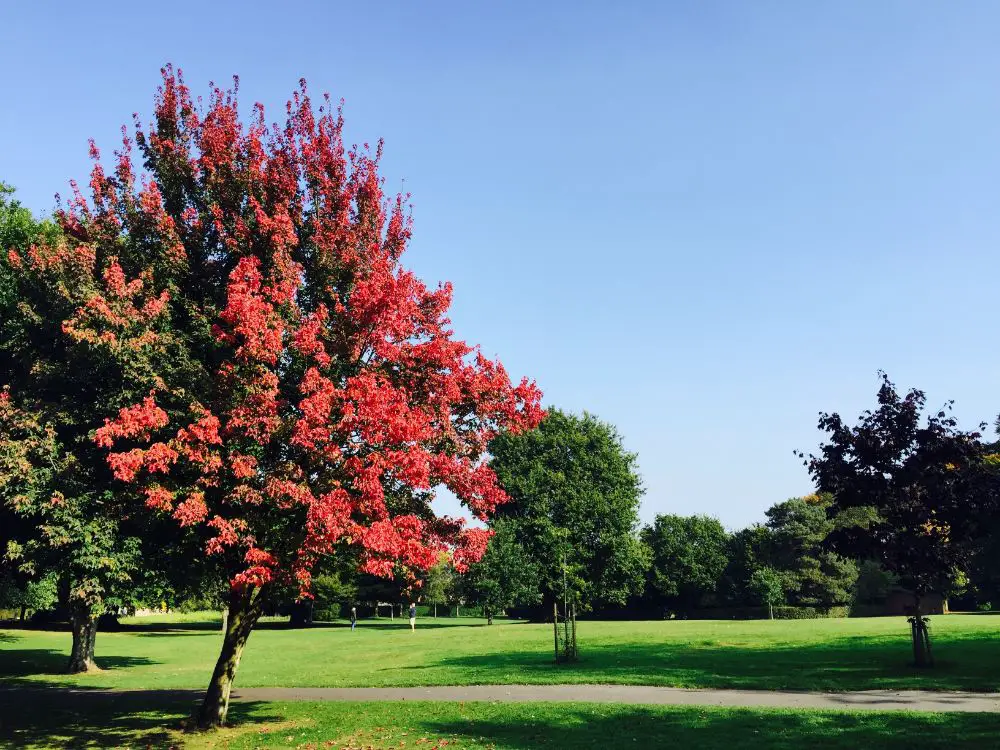
Leslie Turner, a friend of the park who also co-ordinates the family history help desk at Manchester Central Library, told us: “Over the years, the various Earls of Stamford had tried to purchase the land as they owned pretty much every other bit of land in the area. It fell into disrepair after the Earl did manage to add it to his estate. He died before doing anything with the land and the Countess was left in charge. In the 1911 census, there were no tenants.”
At this point, the people of Altrincham fiercely debated what the land should be used for: whether it be housing for working men, homes for soldiers returning from the war, or an area for the public.

Along came John Leigh, an industrialist who made his money dealing with cotton waste.
Leslie said: “I get the feeling that Leigh was quietly watching all of this going on and finally thought that enough is enough. Let’s just buy the land and donate it and put an end to the controversy.”
John Leigh, who later became Sir John Leigh because of his donations to the war effort, appeared to be a vastly different man from the Earl of Stamford. Instead of buying the land and hoping to gain from it, he wanted it to become a space where soldiers from war, as well as members of the public, could come and relax.
Sir John Leigh named the park after his father, John Leigh senior, and also donated a state-of-the-art hospital which stood next to the park, the John Leigh Military Hospital, so enabling returning soldiers to recuperate.
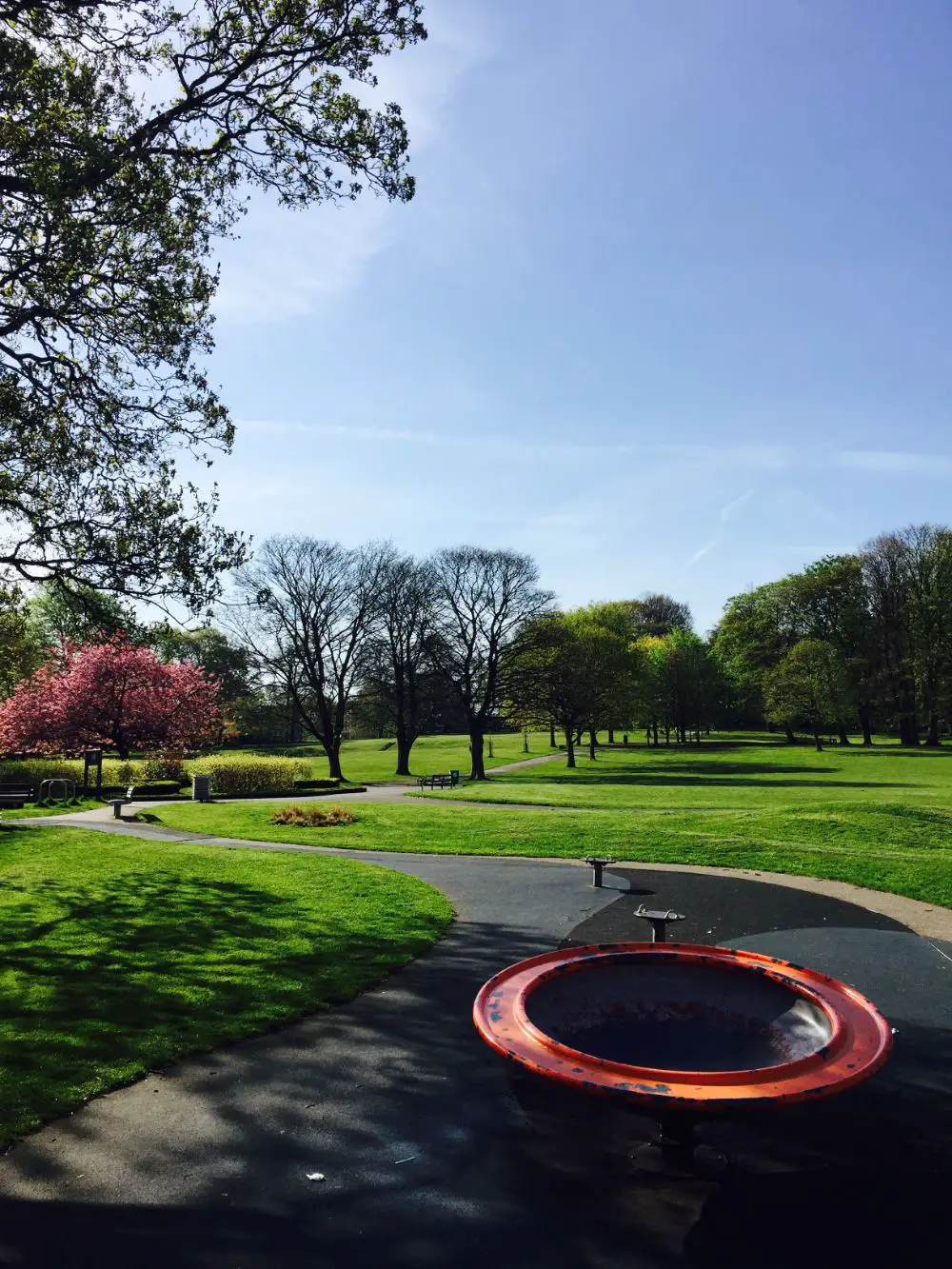
Leslie’s impression was that the Countess of Stamford was embarrassed that Leigh had swept in and acted so respectably.
In a letter to the council, she said that it had always been the intention of the Earl to donate the land and that they were waiting for their son to turn 21 so that it could be a gift from him.
In response, the Stamford estate donated some other land nearby to be developed into working men’s housing in the early 1920s: the Oldfield Brow estate.
From her research, she believes that Sir John Leigh was a very “altruistic” man and that “his heart was in the right place”.
“He only lived locally for about 10 years. He gave up his position in John Leigh Ltd. in 1920 to pursue a career in politics. It seems like he was interested in his fellow man and was always trying to do his best to help.”
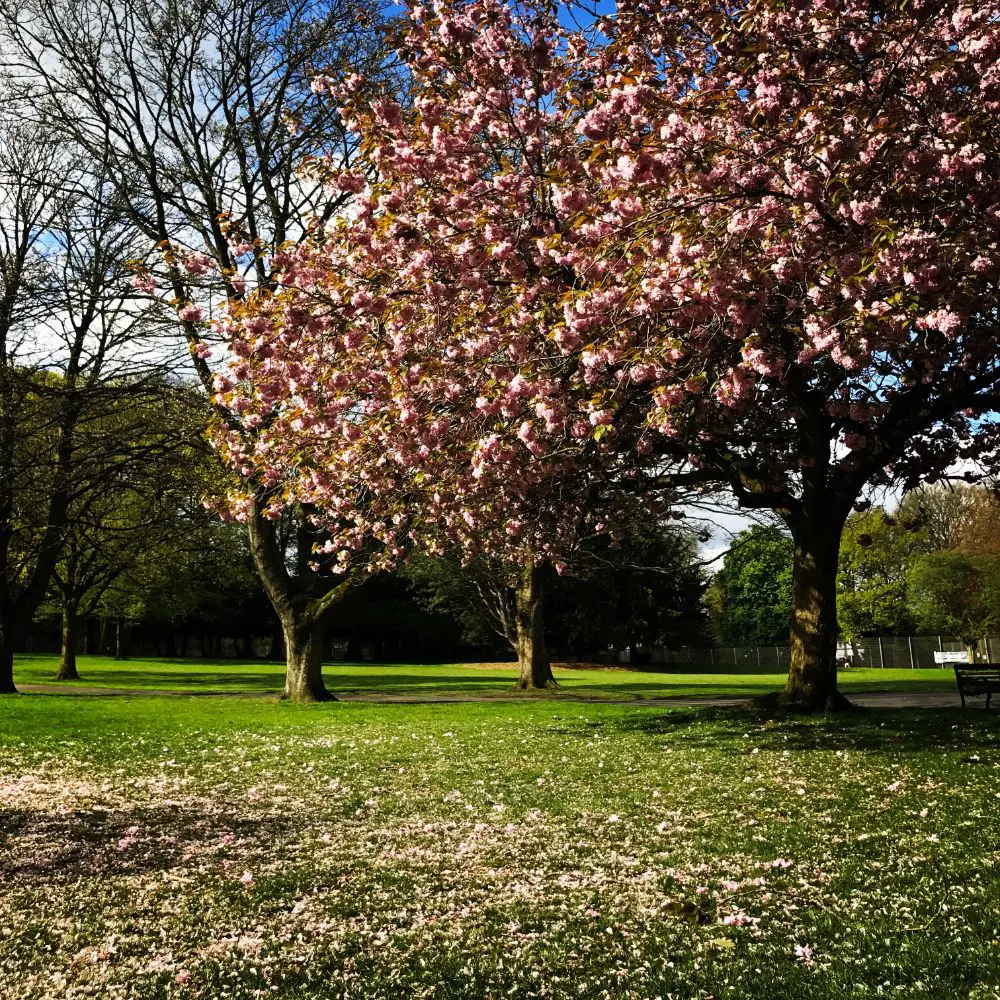
Along with the donations from Sir John Leigh in 1917, he also turned his father’s former home in Sale into John Leigh War Memorial Hospital, specifically for men suffering from shell shock – one of the first few places where it was genuinely considered a condition.
The aims of the park were as similar then as they are now. He made the park a haven for the broken soldiers a century ago but he was also keen for it to be a gift to the people of Altrincham.
Leslie added: “I don’t think he could have imagined how important it would have been for society today. We spend so much time rushing around and to have this sanctuary, this peaceful retreat. I think it’s what we need in this busy world.”



